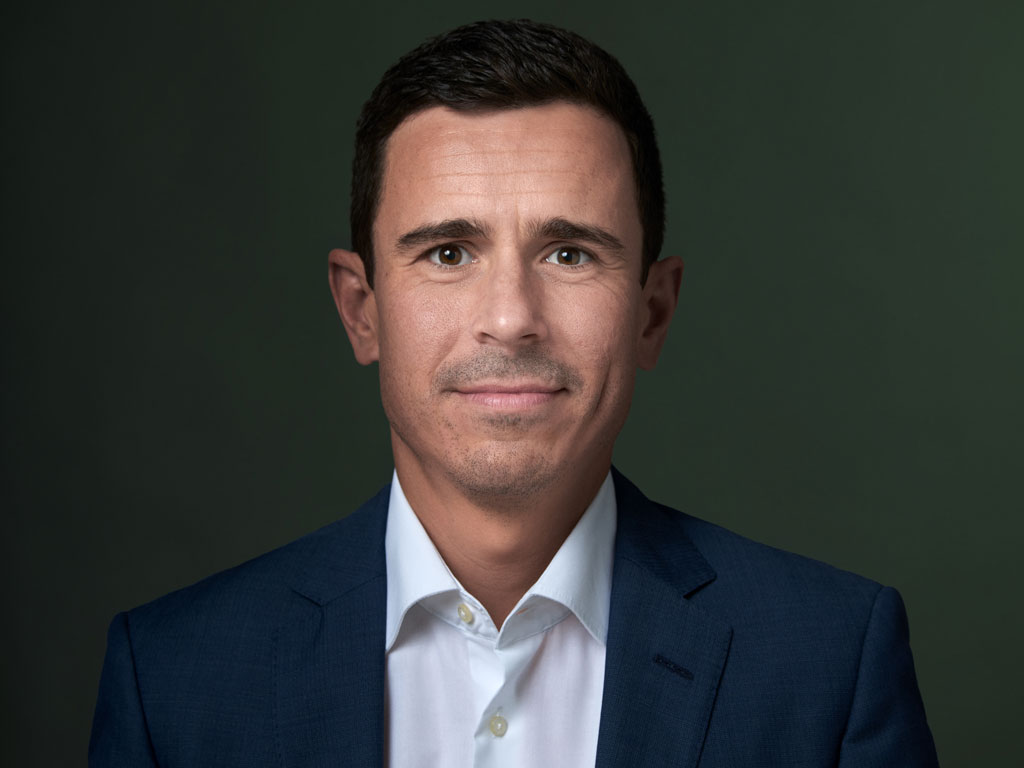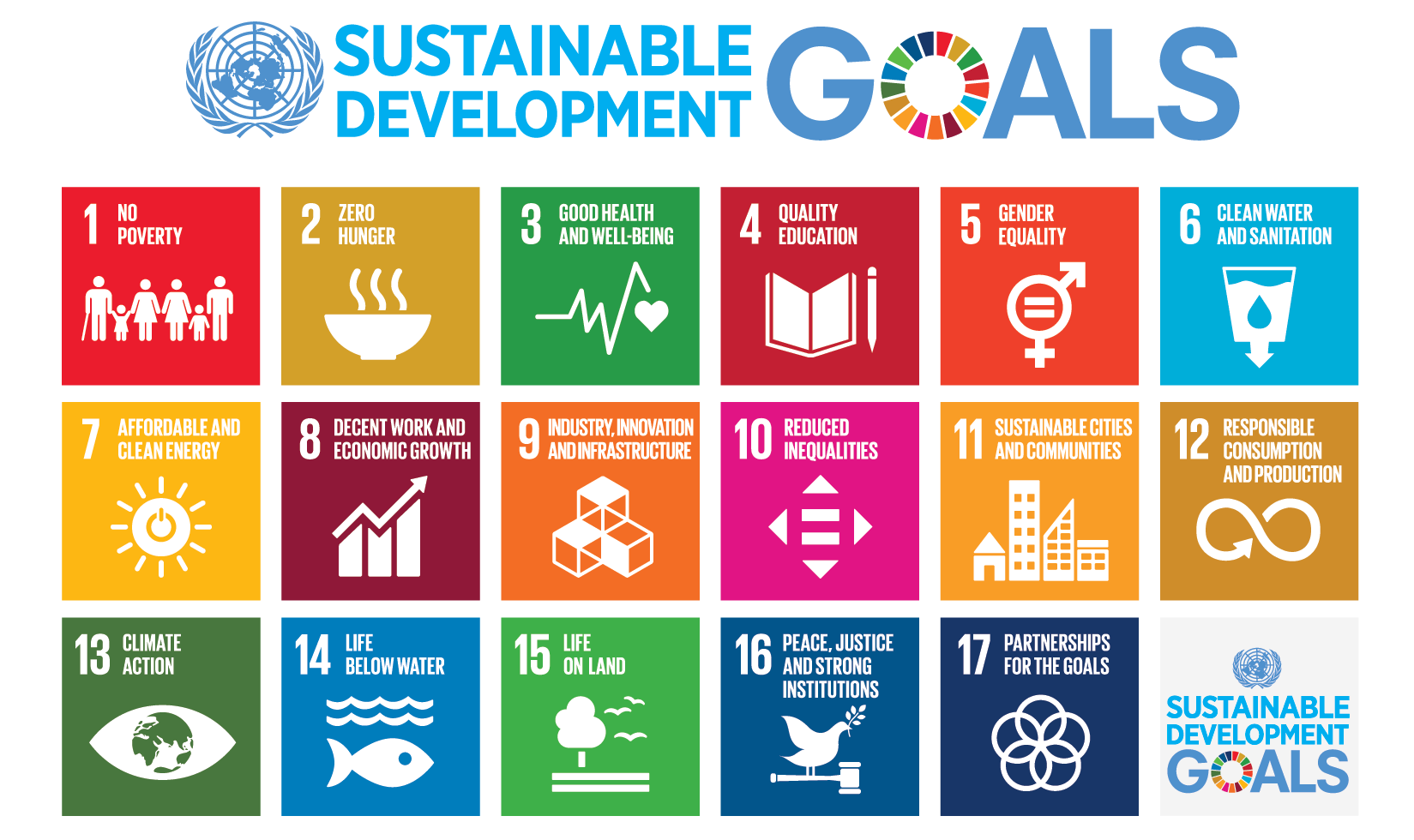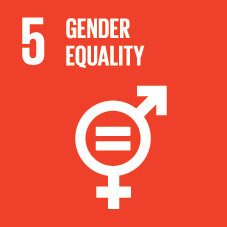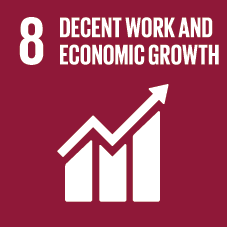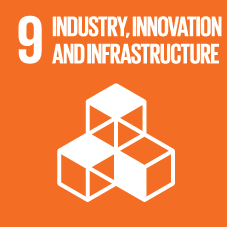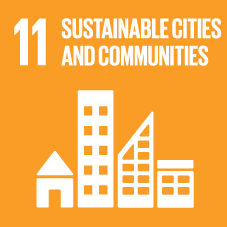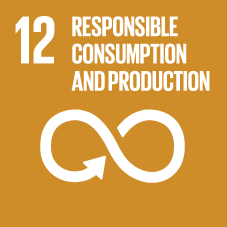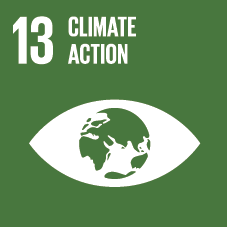Alto
Business Park
Urban Light Industrial Property
Strategically located in Vila Franca de Xira, just northwest of Lisbon and directly along the A1 motorway, Alto Business Park offers 16,259 sqm of prime light industrial space within the vibrant metropolitan area of Portugal’s capital.
Recently acquired by a joint venture between INBRIGHT and Patron Capital, the property features a flexible multi-tenant layout, designed to meet the evolving needs of today’s industrial, R&D, and urban logistics users. The asset comprises a two-level warehouse, an adjacent office building, and ample internal car parking — all currently approx. 90% leased, with a major Portuguese national government entity as the anchor tenant.
Looking ahead, INBRIGHT and Patron Capital will embark on a comprehensive modernisation of the site, aligning it with ESG principles and futureproofing it for sustainable, multi-tenant occupancy. Alto Business Park is perfectly positioned to serve as a hub for light industrial operations, innovative R&D, last-mile logistics, or as a regional headquarters for ambitious SMEs.
Year of Construction:
2001
Site Area:
12.660 sqm
Rental Area:
16.259 sqm
Location:
Quinta da Piedade,
2625-122 Póvoa de Santa Iria
ESG Highlights:
The property offers multiple opportunities for sustainable development: planned measures include roof renovation with additional insulation to reduce energy costs, a transition to LED lighting, and the use of heat pumps for hot water generation. The installation of a photovoltaic system is also under evaluation.
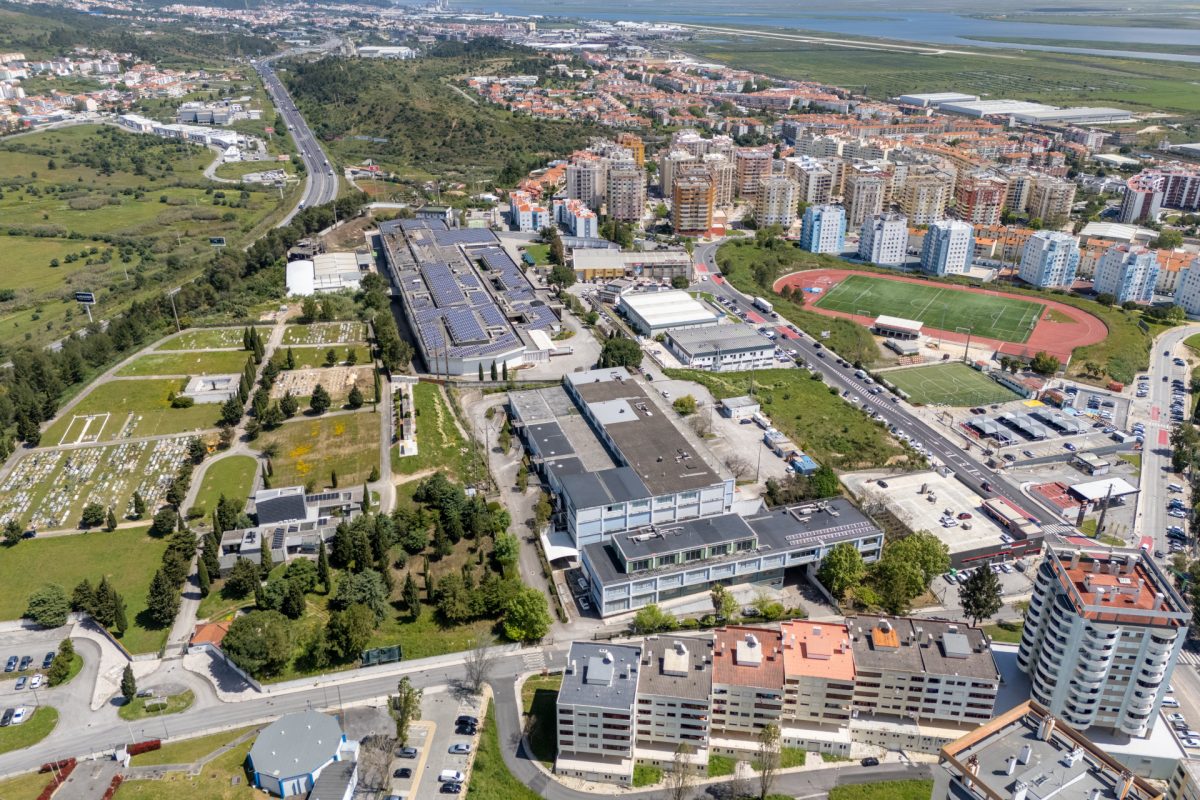
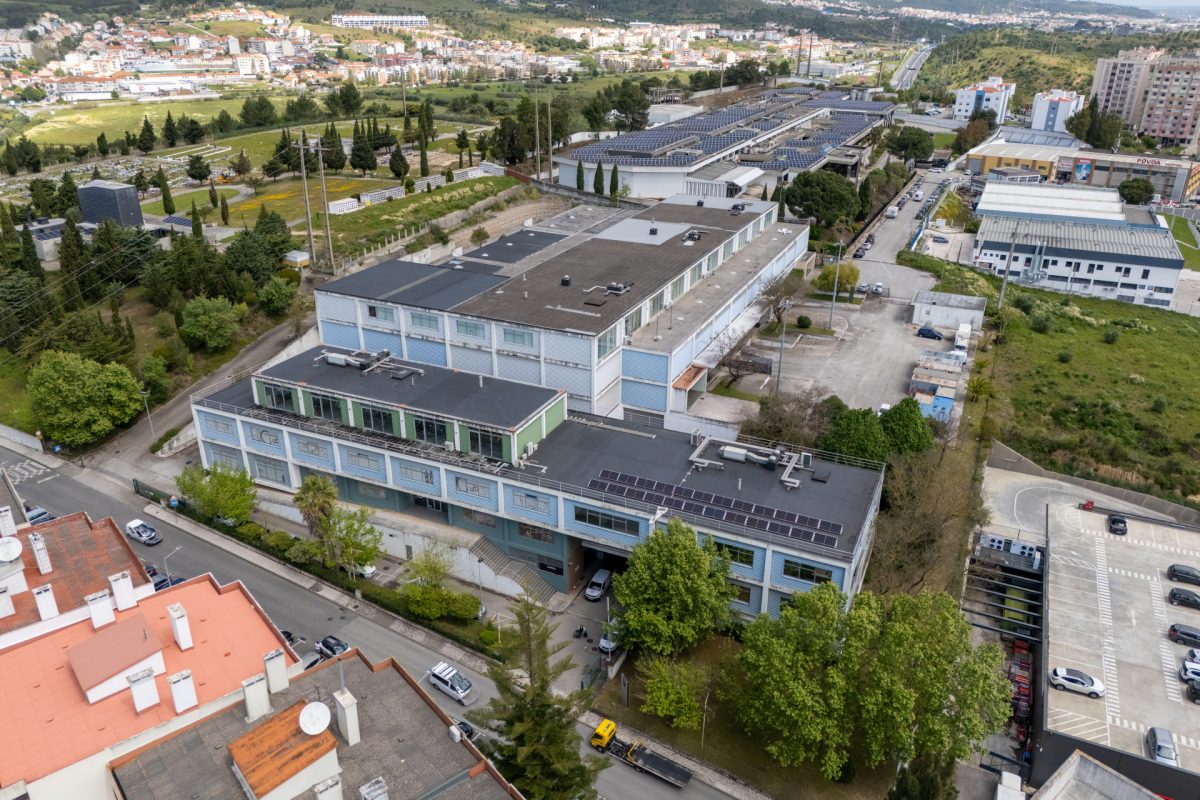
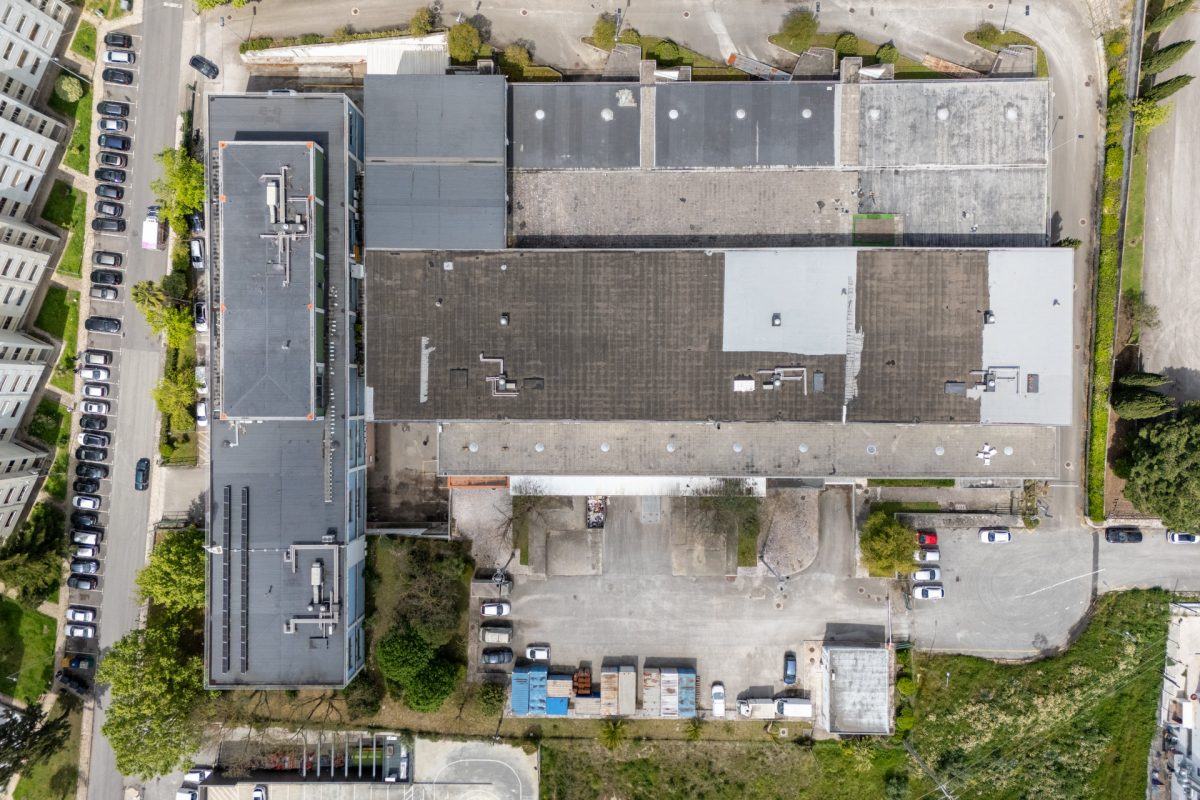
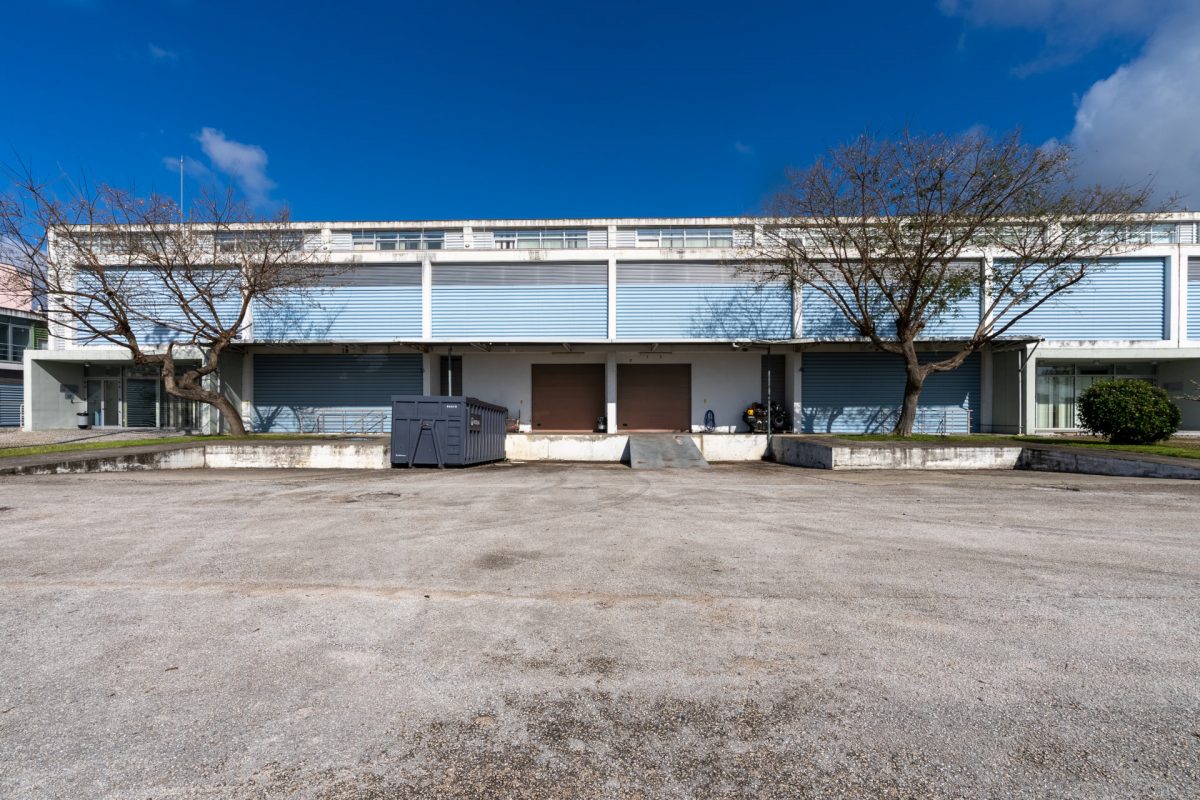
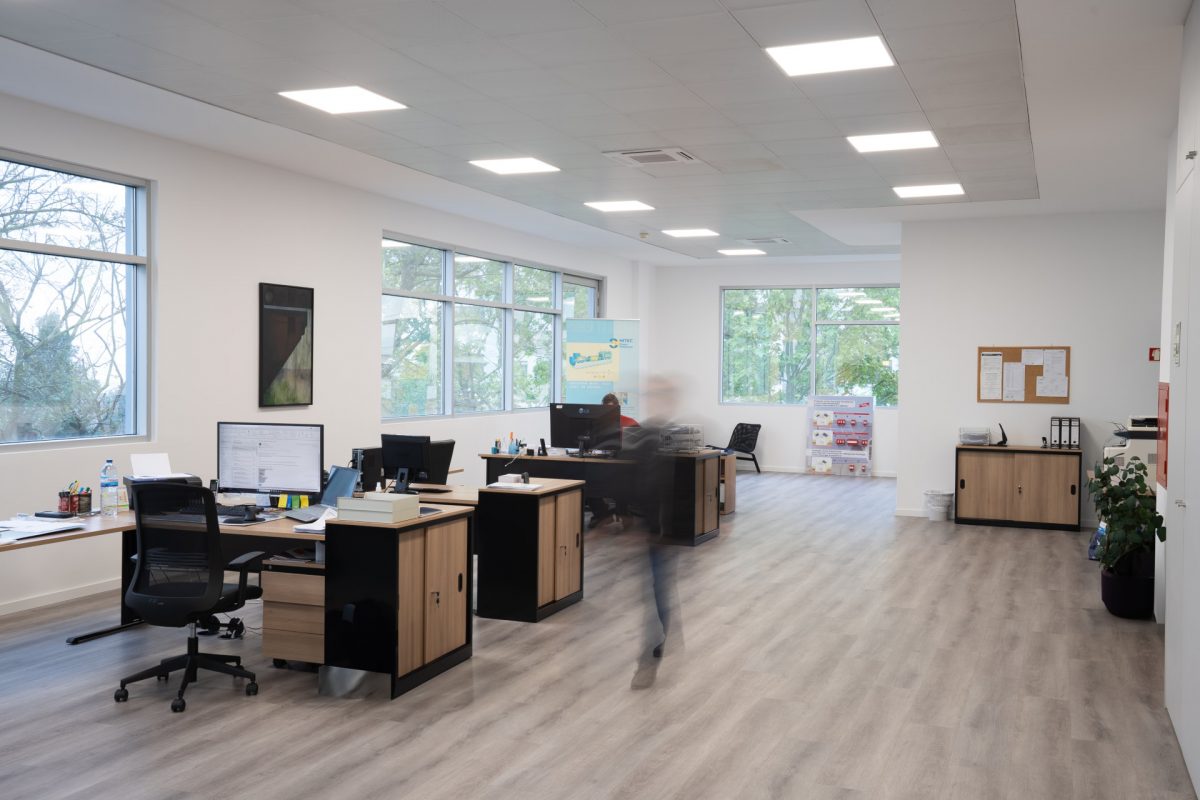
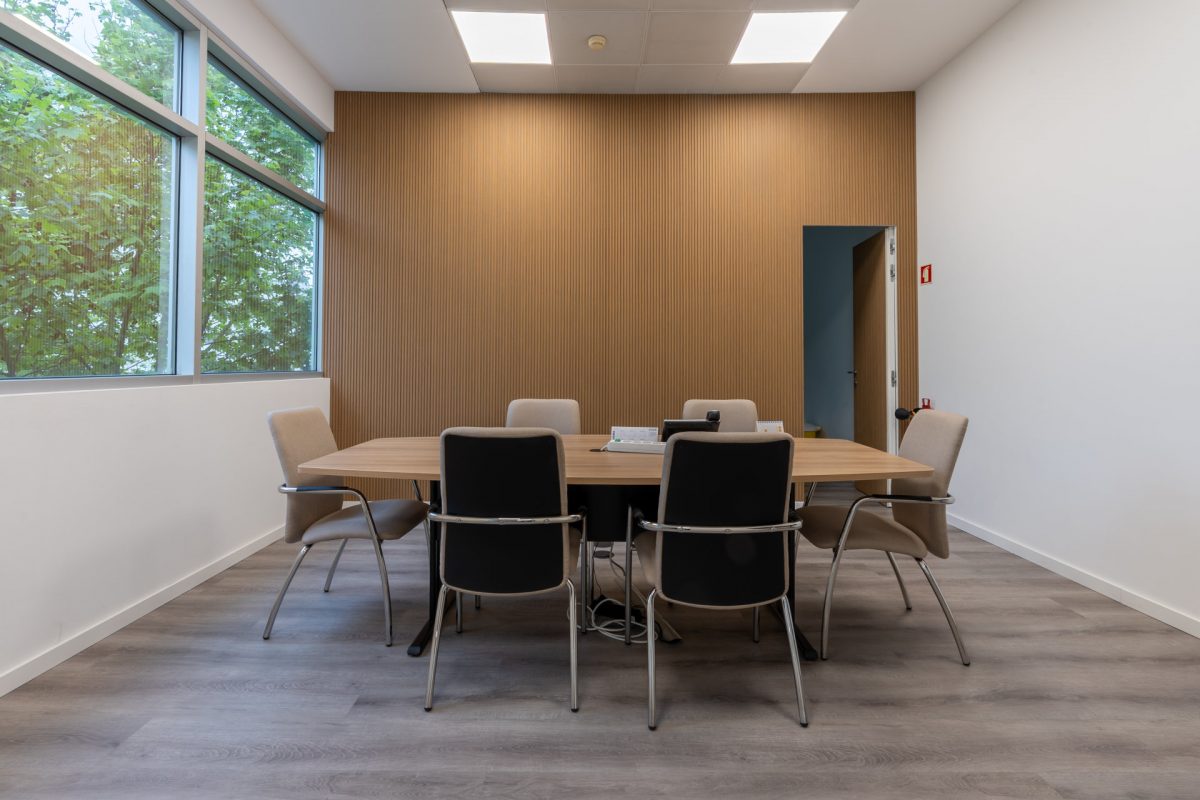

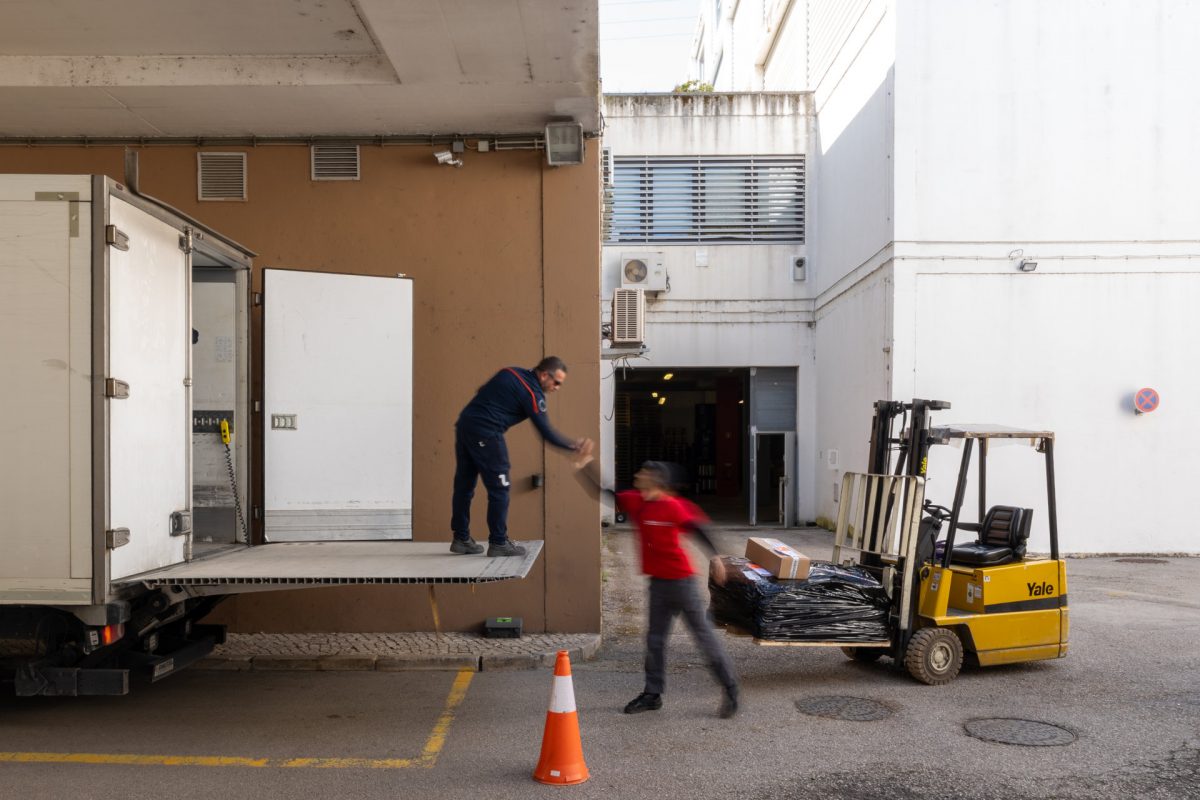
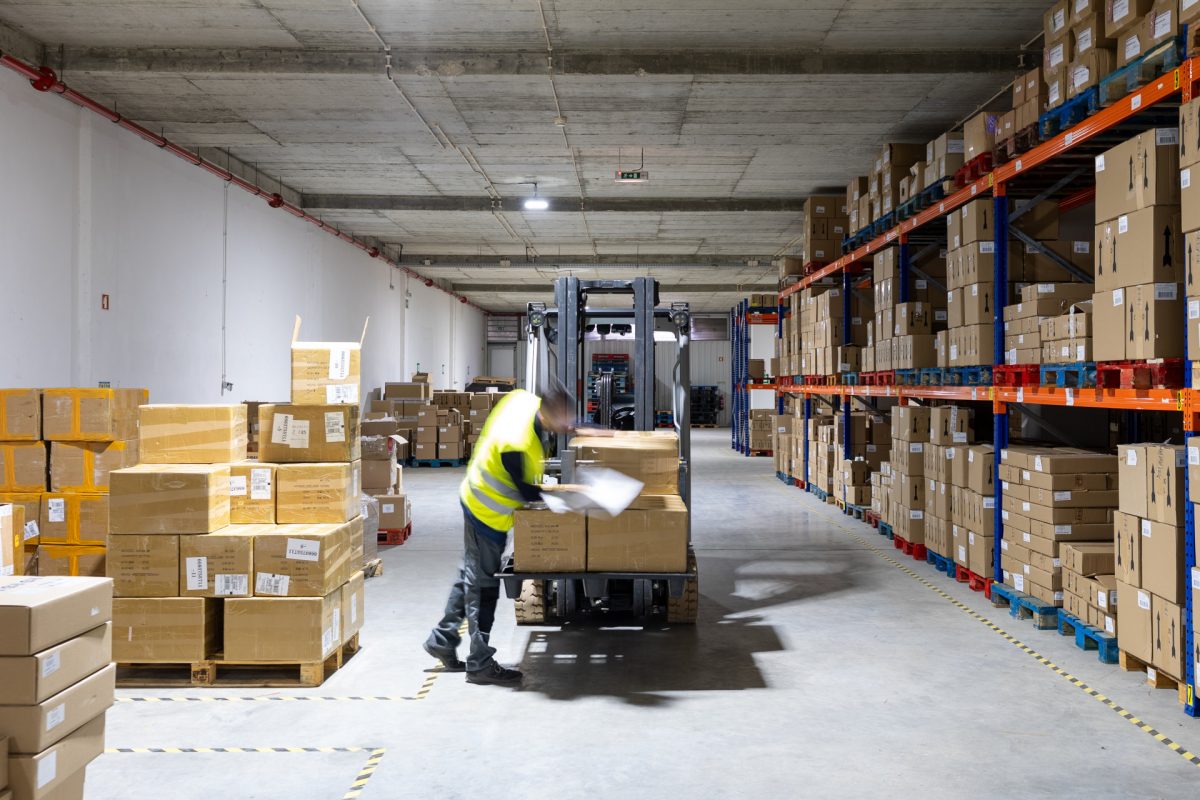
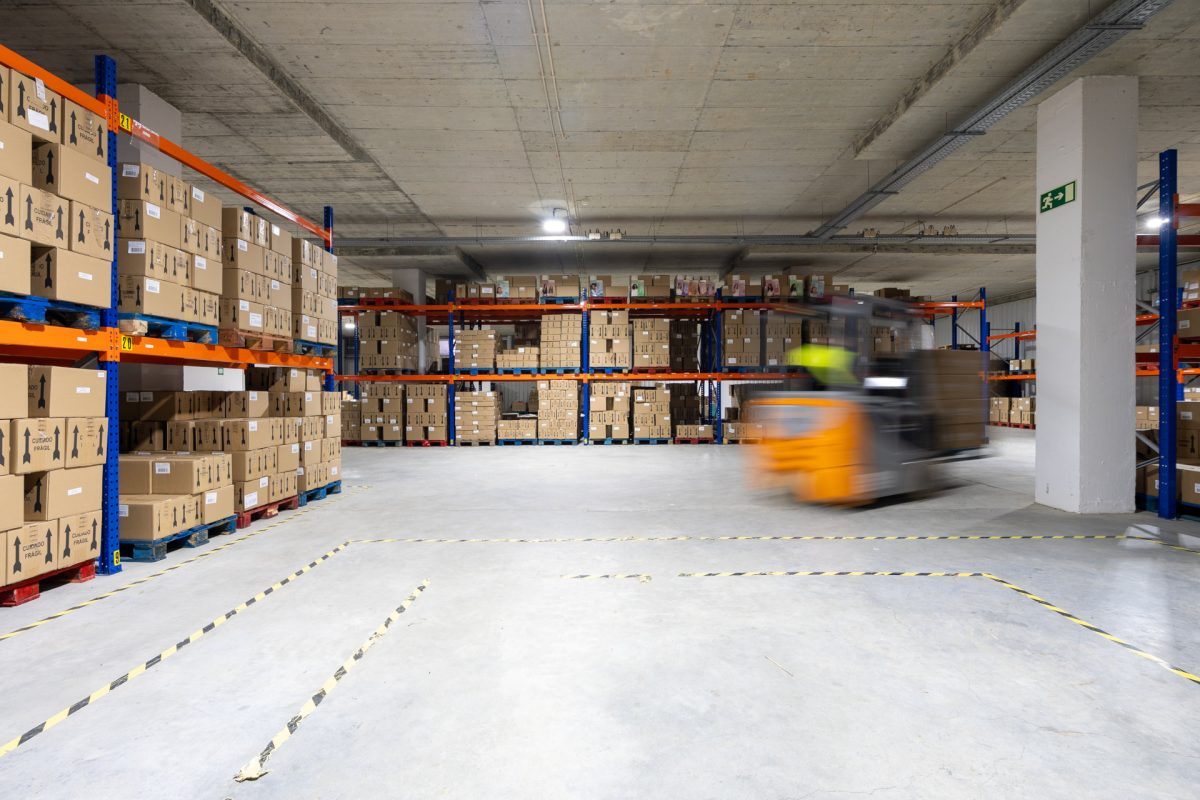
Lage und Anbindung
The property is in the western part of Lisbon, in an urban setting within the Vila Franca de Xira district, with excellent access to the A1 and N10 highways. The 12,660 m² site features a two-storey light industrial building with truck access to both levels, an adjacent office wing, and an internal parking structure with ample spaces. Its urban location within the Lisbon metropolitan area and flexible, modular rental units make it ideal for small businesses and production operations aiming to grow sustainably. ESG-focused upgrades are planned during ongoing operations, including the installation of a photovoltaic system and additional heat pumps.
Contact
Christoph Gumlich
Managing Partner
INBRIGHT Portugal
Rua D. João V, 30
1250-091 Lisboa
Email: info@inbright.pt
